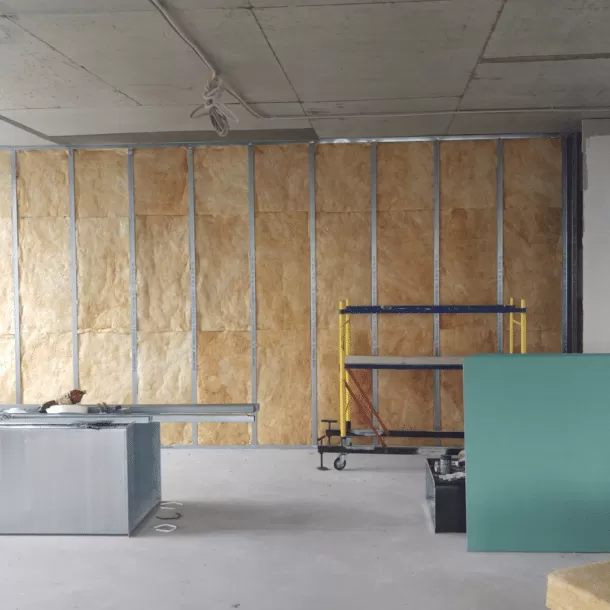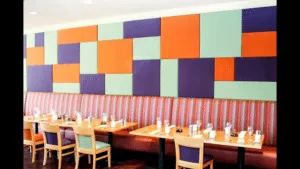
What Are the Benefits of Using Acoustic Fabrics in Interior Design?
Introduction:
In interior design, the integration of functional elements with aesthetics is key to creating harmonious and well-balanced spaces. Acoustic fabrics offer a unique solution that combines style and sound management. In this blog post, we will explore the numerous benefits of using acoustic fabrics in interior design, highlighting their ability to enhance both the visual appeal and acoustic performance of a space.
Benefits of Using Acoustic Fabrics

1. Noise Reduction:
One of the primary advantages of acoustic fabrics is their ability to absorb sound and reduce echo within a room. These specialized fabrics are designed to dampen noise and improve the acoustics of a space. By minimizing sound reverberation, acoustic fabrics create a quieter environment, reducing distractions and promoting better speech intelligibility.
2. Improved Speech Clarity:
Acoustic fabrics play a crucial role in spaces where clear communication is essential, such as conference rooms, offices, and theaters. By reducing echo and controlling sound reflections, these fabrics enhance speech clarity
and ensure that important messages are heard and understood without strain or distortion.
3. Enhanced Privacy:
Acoustic fabrics provide an additional layer of privacy by reducing sound transmission between rooms. In spaces like offices or healthcare facilities, where confidentiality is crucial, acoustic fabrics can help maintain confidentiality and create a more private environment.
4. Design Versatility:
Acoustic fabrics come in a wide range of designs, colors, patterns, and textures, allowing for creative freedom and design versatility. They can be seamlessly integrated into any interior design style, from contemporary to traditional, offering endless possibilities for customization. Acoustic fabrics not only serve a functional purpose but also contribute to the overall aesthetics of a space.
5. Better Comfort and Well-being:
Acoustic textiles help to increase comfort and well-being by decreasing noise and fostering a more acoustically balanced atmosphere. Overly loud environments can cause stress, weariness, and poor productivity. Better attention, relaxation, and general mental health are encouraged by an environment that is more comfortable and conducive to acoustic textiles.
6. Eco-friendly and sustainable:
Many acoustic textiles are made with environmentally friendly raw materials and manufacturing techniques. These fabrics frequently use natural fibers or recycled materials, minimizing their negative effects on the environment. You may support a more sustainable and ecologically conscious lifestyle by including acoustic fabrics into your interior design.
7. Easy Installation and Maintenance:
Whether used as wall coverings, ceiling panels, or drapes, acoustic materials are often simple to install. They can be seamlessly incorporated into new design projects or into rooms that already exist. Acoustic materials are also frequently long-lasting and low-maintenance, requiring just basic cleaning techniques to keep them looking their best.
Conclusion:
Acoustic fabrics Panels offer a range of benefits that go beyond their functional role in sound management. By integrating these fabrics into interior design, you can create visually appealing spaces that also prioritize acoustical comfort and well-being. Whether in corporate offices, educational institutions, healthcare facilities, or residential settings, acoustic fabrics contribute to improved speech clarity, privacy, and overall acoustic balance. Furthermore, their design versatility and sustainable attributes make them a valuable addition to any interior design project. So, consider incorporating acoustic fabrics into your next design endeavor to create spaces that are both visually captivating and acoustically optimized.



